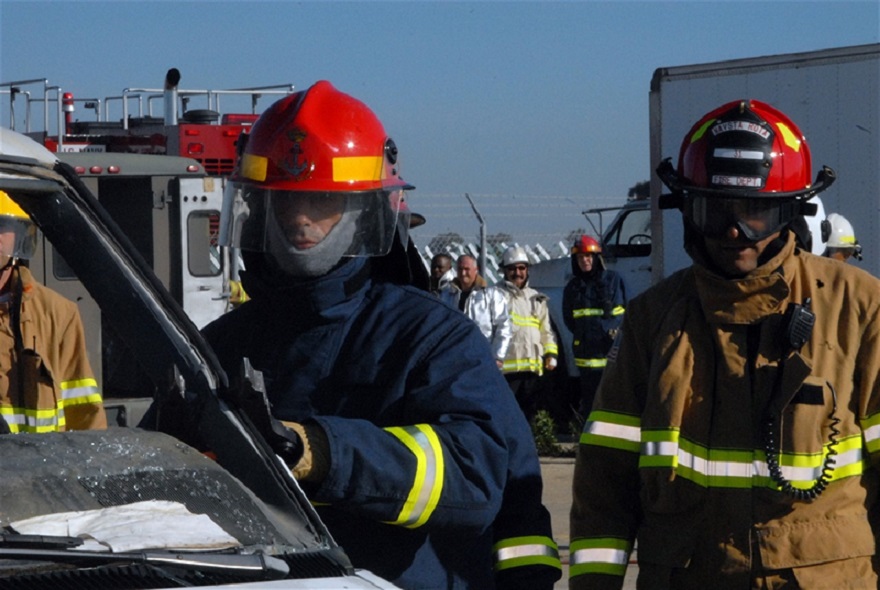This post is also available in:
 עברית (Hebrew)
עברית (Hebrew)
First responders communications infrastructure is a crucial element at times of disaster, such as the aftermath of an earthquake, a terrorist attack, etc. Getting into disconnected environment, especially in the early phases of an incident, without maps or a way to communicate with other forces out in the field can be chaotic.
A new platform can solve this problem. A new version of goTenna’s mesh networking toolkit is now marketed at military, law enforcement, wildfire fighters and disaster response customers.
A mesh network is a local network topology in which the infrastructure nodes (i.e. bridges, switches and other infrastructure devices) connect directly, dynamically and non-hierarchically to as many other nodes as possible to efficiently route data.
Each device is a stand-alone tool that can work with other goTenna devices to transmit information through a mesh network, according to c4isrnet.com.
That information isn’t limited to audio, either. Multiple applications for the mesh network involve showing in real time the locations of people connected to the network, and allowing users to add information, like vehicle icons or plotted paths, onto the maps in a tablet screen.
One of the more notable use cases compatible with goTenna Pro and the new goTenna Pro X is Android Team Awareness Kit (ATAK), developed by the US government and available off-the-shelf for government users.
The ATAK smartphone geospatial infrastructure and military situational awareness app is, first and foremost, a kind of “blue force tracker,” allowing users connected through the app to see where everyone is. Running ATAK over a mesh network means that the team can still have and share information even if other, traditional communication infrastructure like cell towers are down.
The Pro X can operate on frequencies in the 142-175 MHz (VHF) & 445-480 MHz (UHF) ranges, can use end-to-end encryption, and each unit can last up to 30 hours on a single charge. It’s built to easily plug-in ATAK, and it includes goTenna’s own native situational awareness app.
The pocket-sized transmitter can pair with iOS or android devices, and even without being paired to specific phones the transmitters can still relay other signals.


























